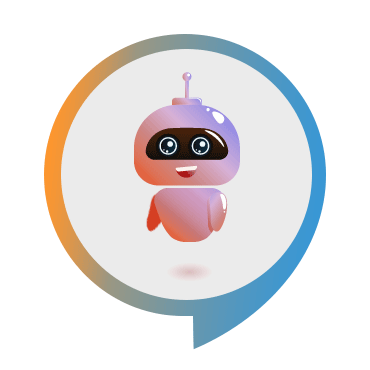Beyond the Classroom: Electronic Health Record Software’s Impact on School Community Health
Beyond the classroom: Electronic health record software’s impact on school community health Introduction & Evolution of Health Management in Schools The evolution of health management in schools and school student’s health has seen a significant role played by Electronic Health Record (EHR) software. EHRs have become an essential tool for school nurses, allowing for efficient data management processes and improving the overall quality of school student’s health. With EHRs, school nurses can easily document, report, and analyze student health data. This enables them to identify health trends and take swift action. EHRs also facilitate interoperability and care coordination by mapping school nursing documentation to standardized coding systems. This ensures that health information can be shared and accessed by different healthcare providers and school-based team members. Moreover, EHRs support the collection of data points as defined by the National Association of School Nurses’ National School Health Data Set, allowing for a comprehensive understanding of student health needs and interventions. Additionally, EHRs can facilitate third-party reimbursement to local education agencies for healthcare provided to students, making it easier to provide necessary healthcare services that cater to the school student’s health. Overall, the significance of EHRs in school community health cannot be overstated, as they improve the efficiency, quality, and safety of healthcare, positively impacting the well-being and academic success of students. Explain how EHR software benefits schools in managing health records? EHR software benefits schools in managing health records in several ways. First, EHRs provide a centralized and secure system for storing and accessing school student’s health information. This eliminates the need for paper-based records and reduces the risk of lost or misplaced documents. Second, EHRs improve the efficiency of data management processes by allowing for quick and easy documentation, reporting, and analysis of student health data. This saves time for school nurses and other healthcare providers, enabling them to focus more on providing care. Third, EHRs support interoperability by allowing for the sharing of health information with other healthcare providers and members of the school-based team. This improves care coordination and facilitates a comprehensive understanding of student health needs. Finally, EHRs can generate reports and analytics that help identify health trends and inform decision-making for preventive and intervention strategies. Overall, EHR software streamlines health record management in schools, improving the quality and effectiveness of healthcare services. How does EHR software contribute to preventive health measures in schools? EHR software contributes to preventive health measures in schools by enabling school nurses to identify health trends and take proactive action. With EHRs, school nurses can quickly access and analyze student health data, such as immunization compliance and incidences of environmental and chronic health conditions. This allows them to identify potential health risks and implement preventive measures, such as targeted interventions or health education programs. EHRs also support the sharing of aggregated data with local health departments, which can inform community disease surveillance and preventive strategies. By facilitating the collection and analysis of data, EHR software helps schools prioritize preventive health measures and promote the overall well-being of students. Future trends in school health management Future trends in school health management include the continued integration of technology, such as EHRs, to streamline data management and improve communication among healthcare providers. This includes the use of mobile health (mHealth) applications to monitor student health and provide real-time updates to parents and healthcare professionals. Additionally, there is a growing emphasis on mental health support in schools, with the implementation of mental health screening tools and the availability of counselling services. Collaborative partnerships between schools, healthcare providers, and community organizations are also expected to increase, promoting a holistic approach to student health and well-being. Finally, there is a focus on health equity, ensuring that all students have access to quality healthcare and support services.









